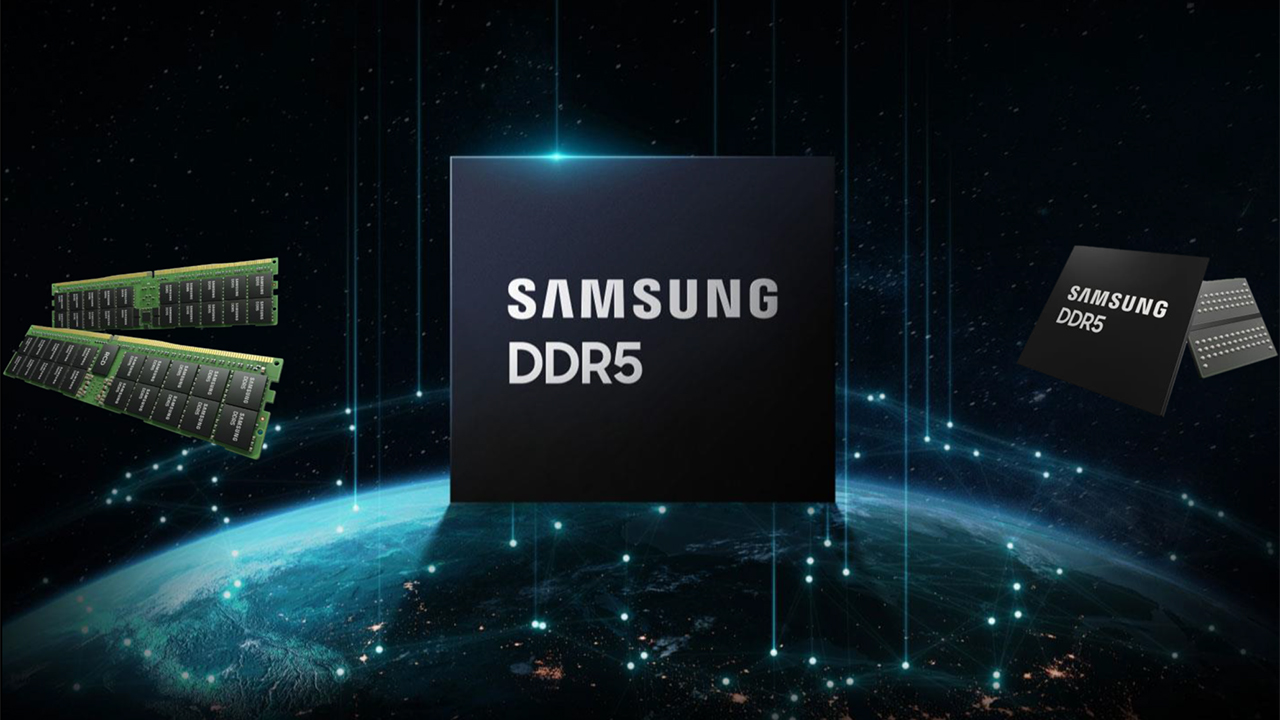Intel And AMD they will move, with their platforms both desktop and mobile and server, more and more in a direct and exclusive way towards the DDR5 memory standard. As known, AMD will debut in the next few weeks with the new Ryzen 7000 processors based on Zen 4 architecture, with which it will switch to DDR5 memory in desktop systems.
Samsungone of the world’s leading memory manufacturers, plans the debut of 512GB memory modules each to be used in datacenter environments, thanks to the use of 16Gb and 24Gb density DDR5 chips each: we will see these memory modules between late 2022 and early 2023.
The subsequent evolution, expected between the end of 2023 and the beginning of 2024, foresees theadoption of memory modules of 1TB capacity each, obtained using 32Gb capacity chips. In parallel with the increase in density and therefore in the amount of data stored, Samsung also intends to make progress in terms of transmission speed, arriving in 2025 to offer 7,200 MT / s DDR5 memory modules.

The JEDEC specifications of DDR5 memory allow you to build stacks of up to 16 memory chips reaching a total of 64Gb of capacity for each stack: it is for this reason that the goal of 32Gb capacity chips each, with which to develop modules with a total capacity of 1TB, will be accessible in less than 2 years .
The evolution of DDR5 memories, in Samsung’s expectations, will therefore see on the one hand a significant increase in storage density for each module touching very high values, on the other hand a progressive increase of the data transfer bandwidth. In the first case, customers in the datacenter world will benefit above all, with 1TB capacity memory modules that will make possible configurations with local memory in much higher quantities than is currently available. In the second, however, desktop systems will mainly benefit from it, with increasingly higher frequencies and performances that will tend to increase proportionally following the same dynamics seen in the past with previous generations of memory technology.
